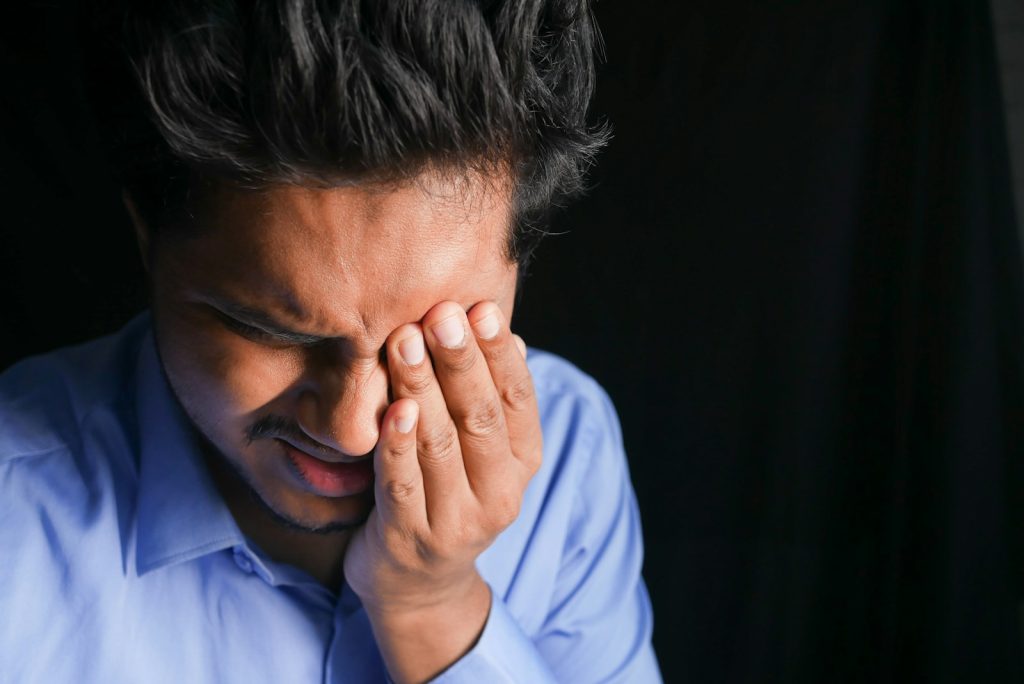Other factors can make chinook-induced headaches worse, Alberta doctor says

Posted Mar 7, 2024 11:37 am.
Can you feel it when the weather changes? Lots of people in southern Alberta are feeling it right now, while on the cusp of a warming phase, the barometric pressure rises, and migraines enter the chat.
Dr. Serena Orr is a pediatric neurologist and headache specialist at the Alberta Children’s Hospital and a clinician scientist at the University of Calgary.
She says while the link between chinook winds and hurting heads is proven, other risk factors could be making it worse — especially in adolescents.
“Binge drinking, alcohol intake, vaping, cannabis smoking, and cigarette smoking — I’ve found that all of those substances are associated with a high risk of having frequent recurring headaches in teens,” Orr explained. “Those who vaped daily had double the odds having frequent headaches, compared to youth who didn’t vape.”
She adds that external and internal factors all come together to create a perfect storm.
“We know that the first area of the brain to light up with migraine is deep in the brain called the hypothalamus, and its kind of the basic control centre for sleep, and hunger, and thirst, and temperature regulation,” Orr said. “The way I like to explain it to my patients is, any accumulation of changes outside, in the environment, or inside — we think — can lead to an increased risk of an attack.”
And contrary to popular belief, the doctor says it’s not necessarily the warmth, but rather, the wind, that can bring on the aching head.
“At least one in three people with migraine tend to get more attacks either on pre-chinook wind days or chinook wind days,” she said. “So those are days where the velocity of the wind was over 38 km/h.”
For those prone to migraines, Orr advises self care ahead of a dramatic change in weather, including drinking plenty of water, eating regularly, and getting lots of sleep.
“What I advise people to do is just try to keep a routine as much as they can, nobody’s perfect, we can’t have a perfect routine everyday, we can’t control the weather,” she said. “But, what we can control is day to day thing like trying to go to bed and get up at the same time every day, and trying to eat regular meals, and trying to stay hydrated.”








